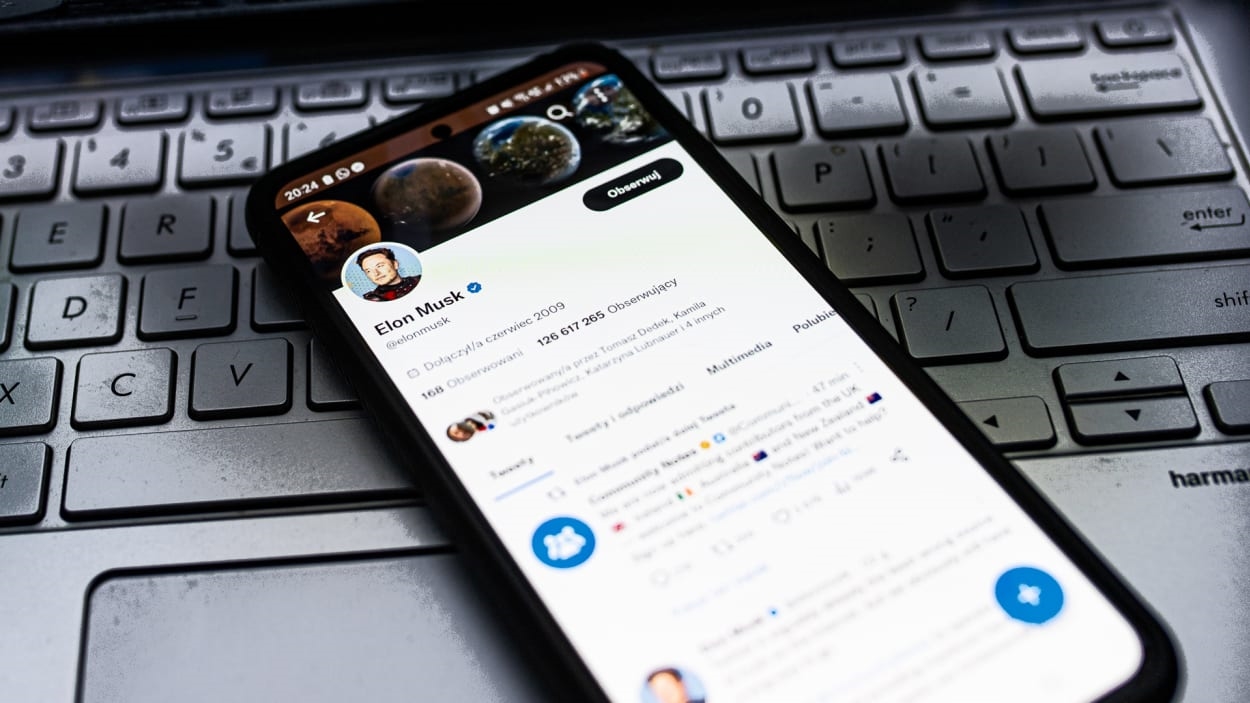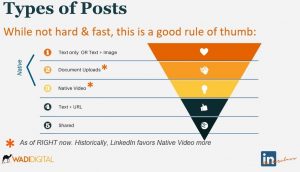Elon Musk’s travails over whether or not to allow free, unfettered access to Twitter’s APIs has, as would be expected, taken plenty of twists and turns. On February 2, Musk gave notice that free access to APIs would be removed within a week. Then he decided accounts could get it for free still, provided they used the access to produce “good” content. Then on February 8, as the original deadline loomed, he delayed the decision to put API access behind a paywall to February 13. (That his site catastrophically fell over at the same time is potentially coincidental.)
But Musk’s see-sawing also highlights a broader shift in approach to one of the key backbones of the internet’s infrastructure, and could suggest the first inkling of a more commercial future for the web.
APIs—short for application programming interfaces—are something that few people outside the developer world know about, but every internet user encounters on a day-to-day basis. Think of the API framework as the digital equivalent of the 40-foot shipping container, which helped standardize the process of transporting goods across oceans: APIs help to smoothly pass data from one platform or website to another without the user having to manually insert data. Ever searched “weather” on Google? You’ve just interacted with an API. Used your Facebook account to login to Tinder? You’ve piggybacked on an API. Pay for anything online with PayPal? The API helped.
“The key thing about an API as they’ve evolved is they are a standardized and increasingly contractually defined way of accessing a resource you don’t necessarily have, and therefore don’t need to go off and build it,” says Azeem Azhar, the founder of Exponential View, a regular newsletter on the world of tech and the global economy. Without APIs, the internet would develop at a much slower speed, as individual companies would all toil to separately reinvent the same wheel. “If you’re building a product, you can focus on the handful of things that really differentiate your product,” Azhar says. APIs have existed since the 1960s, but were really codified for the internet era in 2000 by computer scientist Roy Fielding, who wrote a dissertation that introduced a means of architecting software to standardize the web’s ability to function, making it easier for different services to interact with one another. Since then, use of APIs has skyrocketed: “Many organizations rely on their developers for technologies that will help them stay competitive in today’s economy, and in turn the developers are increasingly leveraging APIs for speed and operational efficiency,” says Iddo Gino, CEO and founder of Rapid, an API hub provider, which in January published its fourth annual state of the API report.
Two-thirds of developers surveyed by Rapid relied more on APIs in 2022 than the year before, with 70% of those asked expecting that in 2023 they’ll become even more API-dependent.
As with any business sector, there are push factors and pull factors that can influence business decisions. As more users demand APIs (a pull factor), those supplying them—and the end points through which APIs connect between services—realize they can start to make money (a push factor). Musk is, of course, desperate to improve Twitter’s profitability, and has turned to everything from Twitter Blue subscriptions to furniture fire sales.
Not every API is monetized simply by asking users to pay for access in the same way Musk is proposing. Imgur’s API, for instance, makes the company money by allowing users to embed images around the internet and within apps, clicking on which takes them to Imgur’s own website and app, from where users are served ads.
Nor is monetizing APIs necessarily unusual. “Back in 2005, paid-for APIs were not that uncommon at all, because it was costing you something to serve the request, and it was delivering value to the customer,” says Azhar. “Traditionally in business, if I’m giving you value, and it cost me something, I charge.”
Some APIs in the mid-2000s heyday, if not paid-for, were based on a freemium model, where people could pay for the service if they felt it was useful. What changed was the arrival of big tech into the equation. “Companies like Google and Facebook and Twitter started to offer APIs, and they weren’t charging,” Azhar says. For a while, that was also Twitter’s approach—being able to lose value from the API by gaining strategic value to their business from the data that it parsed.

“Twitter’s view was, ‘We’ll give the API away, because that will get a huge developer ecosystem that will develop apps to lock people into the ecosystem. They drive our core business, which is advertising,’” says Azhar. Twitter did also sell access to user data historically, but those seeking that data could simply gain the same information through the API.
Now that’s changing—and many of the tools and services built off the back of Twitter’s free API access have difficult decisions to make. “It’s unclear to me that you would pay for a thread unroller on Twitter,” says Azhar. “And if you wouldn’t, then the thread unrolling app is not going to be able to afford to pay for the API.”
However, there’s more than simply the business case for APIs. “Social media APIs are also a vital source of data for independent researchers who examine the ways these platforms impact society,” says Rebekah Tromble, director of the Institute for Data, Democracy & Politics at George Washington University. “Researchers study everything from child safety to consumer fraud, economic trends to human rights abuses. We share our findings and results publicly, something the platforms are not required to do. In short, APIs are essential tools for holding Twitter and other platforms accountable to the public.”
And Tromble is particularly concerned about that development. “As APIs are monetized, much of this vital work goes away. Especially the public-interest work,” she says. “While rich corporations and organizations may be able to afford access to APIs, smaller organizations that are focused first and foremost on providing public goods will be cut off.”
(14)
Report Post






